Samuel Hahnemann’s Prescription for Health
-by Iskra Dolina
–Reading Time – 7 min Approx
Standing between the Inorganic and the Organic world;
Uniting them for the benefit of the sick;
Earning their Gratitude!
Looking towards eternity Samuel Hahnemann,
Benefactor of Mankind.
Epitaph to S. Hahnemann
Père Lachaise, Paris
The Last Drop
- Hettstedt, Mansfeld district.
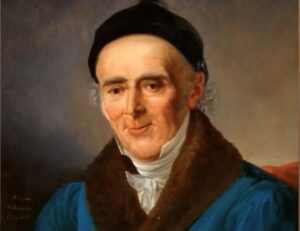 The young doctor ran at night to the patient’s house. The fall road was barely visible. His feet slid over wet stones.
The young doctor ran at night to the patient’s house. The fall road was barely visible. His feet slid over wet stones.
Why does death like this time so much—between three and four in the morning?
He felt fear. Was afraid of what all doctors do. What he was taught:
“A full-blooded patient should be bled. He who is bleeding profusely should also have a vein open.”
Bloodletting was used to treat almost all diseases, and the effectiveness of this treatment was beyond doubt.
He ran up the porch and knocked on the door. With his fingers, wet either because of fog or tension, he gripped the black bag.
“Come in, Dr. Hahnemann!” he heard a tired voice.
A young woman with a candle in her hand greeted him. She wore a crumpled dress, moving with indifference and resignation.
Samuel entered the room. The air was close—the familiar smell of sickness. The mistress of the house silently handed a towel and a bowl for bloodletting over to the doctor.
In bed, wrapped in sheets, lay a man. Emaciated, he was breathing heavily. A little, frightened boy perched next to him.
“Go away; it’s going to be a lot of blood now,” the doctor told the child.
Trying not to show emotion, he bared the patient’s arm and opened a vein.
It was evident: the man was very weak… Once again, he felt: his whole essence protests against the erroneous action.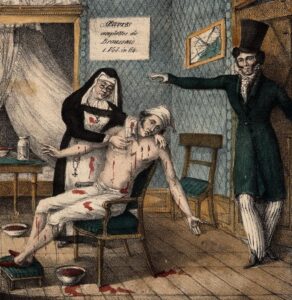
“I am a death’s assistant,” flashed through his head.
The patient took a deep breath. A convulsion ran through him, and he froze. A window slammed somewhere; a cold wind blew in.
“I did all I could,” Hahnemann said to the woman and, without looking at her, quickly left the house.
It was dawning. He had a long day ahead of him. And many people hoping for his help.
“Am I able to cure them?” the doctor reflected with a heavy heart. “This family did have a hope! But I failed. I am as blind as other doctors!”
It was his last bloodletting.
Different Medicine
Our hero was born in Meissen (Saxony) in a Jewish family in which two generations have been painting the famous Meissen porcelain.
Samuel remembered as a child being fascinated by meticulous, very precise movements of his father’s and grandfather’s hands, producing an amazing pattern of shapes and colors. They had no right to error: one stroke out of place—and the item is spoiled.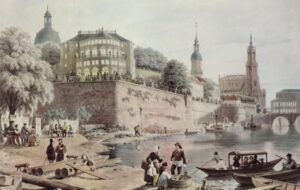
The boy also strove to achieve excellence in everything he did, and often wondered:
“What is this power that creates so flawless things?”
Later, being already an adult, he called it life force.
He felt the desire to help people find it.
That is why Samuel Hahnemann decided to become a doctor.
The reality turned out to be far from ideal. In the 18th century, the disease was thought to be contained in body fluids and had to be cast out using bloodletting, emetic drugs, purgatives, and blistering plasters.
After studying at the university and working as a physician for several years, Samuel realized that these treatments are more harmful to health than the disease itself. Medicine had no answer—what to treat and how.
Hahnemann decided to leave his practice. He immersed himself in studying chemistry and literary work.
The ordeals began: jealous colleagues, assaults, and accusations of charlatanism and ignorance. He opposed the law that forbade doctors to make up their own prescriptions—it was believed that only pharmacists should do it. Conflicts intensified.
The doctor lived in poverty for years. He had to support his family and earned money by translating from the main European languages (English, French, Italian), from classical Greek and Latin, as well as from Arabic, Syrian, Aramaic, and Hebrew. For 15 years (between 1790 and 1805), he published a total of 5,500 pages as books, articles, and translations.
The Principles of Homeopathy
By 1796, Hahnemann had finalized a systemic conception of his method.
The anticipation of the new teaching in medicine was already in the air. But to formulate it, he had to have deep knowledge of pharmacology, chemistry, botany and learn from the experience of great healers of the past.
The Principle of Similars
Samuel assumed that malaria could be cured with quinine not because the cinchona bark had a ‘tonic effect on the stomach,’ but because it caused the same condition in the body as the disease itself: languor, numbness, cold extremities, and pain in the joints.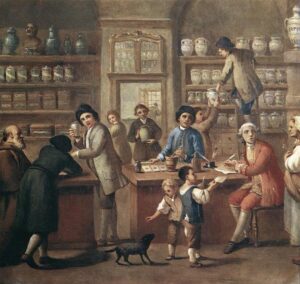
Nature itself suggests the right remedies to us— we just need to use the principle of similars.
When we cut onions, the eyes sting, and the nose runs. What, if we use a drug, like an onion, for fever, will it help?
Yes!!!
Hahnemann’s followers began to use Allium cepa made from onions for diseases accompanied by watering eyes, sneezing, and runny nose. Acting similarly, it no longer caused such symptoms but, on the contrary, treated them.
The Principle of Small Doses
But even if we have found the right drug, how do we know what dose to take? Hahnemann empirically deduced the rule that a remedy should be used in microdoses.
For example, since ancient times, it has been known that the venom from a snake bite damages blood and blood vessels. The principle of similars enables us to use snake venom for the treatment of strokes and heart attacks. But it must be taken in microscopic quantities to prevent the formation of blood clots.
Homeopathic doses are too small to be seen under a microscope because the dilution of a substance is beyond Avogadro’s number. The point is that only information about the substance remains in the preparation: it is ‘recorded’ on a carrier like sugar, wood, etc.
The Principle of Working on Oneself
A human being is part of an information system in which everything should be harmonized. The disease begins with a disturbance in some part of this system. Ideas, words, actions, relationships, lifestyle, and ecology—everything matters.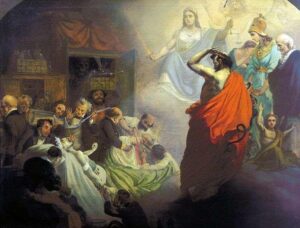
If we do nothing to eliminate the problem, the disbalance becomes more pronounced, and we begin to feel it in the body.
A homeopathic substance acts in the segment where there is a disturbance. It restores the system to wholeness, but on the condition that the man is ready to work on himself.
According to Hahnemann, purpose in life is very important. Do we have it? Are we moving towards it? Is it our purpose?
If the answer is yes, then a homeopathic product acts as a trigger and starts the healing process. It is Nature, whose normal state is BALANCE that helps us.
The founder of homeopathy believed that we already had all we needed to recover.
“Like to treat like is the principle of balance, the most important principle of nature. On which homeopathy put emphasis. Hahnemann made the greatest discovery that the mere likeness to nature cures.” (Dr. Michael Laitman, kabbalist).
Hahnemann’s main foundational work is titled The Organon of the Healing Art. Not all of his contemporaries accepted the new theory. But the number of like-minded people grew. Notable patients, such as the violinist Paganini, the writer Klockenbring, the Duke of Anhalt-Köthen-Pless, began to seek his help.
The controversy over homeopathy continues.
But, despite the strife and prohibitions, the art of saving a life, which it is, lives on with us. The doctrine established by S. Hahnemann is recognized by 80 countries in the world.
“Homeopathy cures a larger percentage of cases than any other method of treatment and is beyond doubt safer, more economical, and most complete medical science.” (Mahatma Gandhi).
Live Healthily!
Hahnemann taught that to maintain good health, it is important to balance out all aspects of life: physical activity, healthy eating, harmonious relationships, and the person’s understanding of the purpose, for which he or she lives.
This is where his approach differs from traditional medicine (allopathy) that only treats specific organs.
Through his example, the great scientist showed us how his principles work. A revolutionary in medicine, he followed his heart. And this is what everyone should do: find his or her mission and fulfill it for the benefit of all people.
This is what we are given life force for. When we act according to Hahnemann’s principles, Nature itself supports us, and we experience the greatest satisfaction from the efforts made, that is, from self-realization.
Dr. Hahnemann believed that his mission in life was given from above:
“I acknowledge with sincere thankfulness the infinite mercy of the one great Giver of all good for having preserved me hitherto in strength and cheerful spirits amidst all the assaults of my enemies; and I have no other wish left than to lay before the world in a worthy manner; the good which the Supreme Being has permitted me to discover, or I may say revealed to me, for the alleviation of the sufferings of mankind. Then I am ready to depart this life.”
-by Iskra Dolina
Dear Reader, Hope you liked the post. If you think our initiative “The Creative Post” is worth supporting, then please support us by paying the amount you think we are worthy of. We believe, the value of content should be decided by the consumer. Hence we request you to evaluate our worth and pay accordingly by Clicking Here.


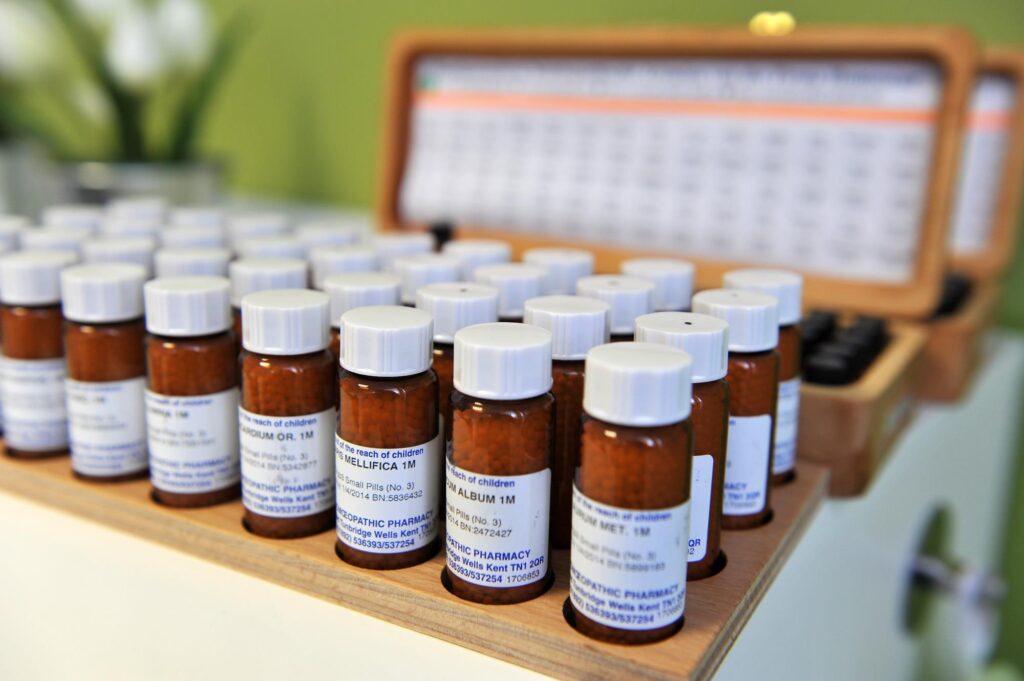
Beautiful and informative- I loved to go through this article.
I pay my respect to Dr.Hahnemann, a true doctor, a true genius who had the courage to go against the typical medical system of his times to evolve new medical approaches and treatments.
Thank you, Tania, for highlighting it.
Dr. Hahnemann set for us an example of the commitment to his mission.
For the sake of people’s health.
It’s difficult.
Sometimes, it may seem you walk all alone but then, over the years… you see:
Nature itself helps, protects, guides, and sends you like-minded people on this journey.
Your reply is beautiful.